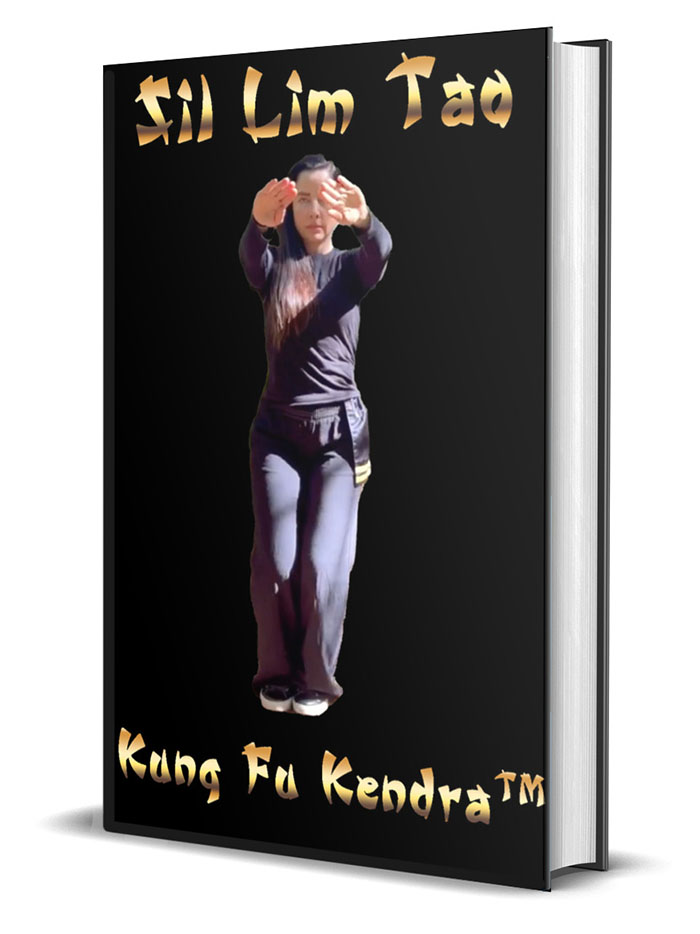Steven Seagal’s Aikido versus Wing Chun: The Martial Arts showdown Hollywood never filmed
For decades, action movie fans have debated dream martial arts showdowns that never happened on screen, and few matchups tantalize quite like Steven Seagal’s aikido versus the close-range, structural strikes of Wing Chun. As icons in their respective disciplines, both Seagal and the exponents of Wing Chun represent fundamentally different philosophies and applications of combat. The hypothetical battle between these two worlds—one rooted in circular redirection and joint manipulation, the other in economy of motion and relentless forward pressure—invites us to explore not just techniques, but the underlying martial mindsets that have captivated both Hollywood and martial arts purists.
Steven Seagal’s rise as a martial arts star is closely linked with his mastery of aikido, a Japanese art emphasizing harmony, redirection, and using an opponent’s energy against them. Seagal, who earned his seventh-dan black belt in Japan, popularized aikido’s graceful throws and wrist locks through a string of blockbuster films. On screen, he makes short work of attackers by side-stepping aggressive charges and then unleashing devastating control techniques that turn the assailant’s force back upon themselves. At aikido’s heart is the idea of neutralizing conflict with minimal harm, relying on precise timing, empty-handed blending, and a near-effortless command of balance and posture.
Contrasting this, Wing Chun’s reputation is built on directness, simplicity, and ruthless efficiency. Popularized by Bruce Lee and rooted in the teachings of Ip Man, Wing Chun’s signature features include rapid-fire straight punches, trapping hands, and an unyielding commitment to the centerline principle. Instead of meeting force with force or stepping aside, Wing Chun practitioners seek to intercept attacks at their origin, collapsing distance and overwhelming opponents through continuous, close-quarters pressure. The use of structural alignment and sensitivity drills, like Chi Sao (“sticky hands”), gives Wing Chun fighters a nearly instinctive capacity to read and control an adversary’s intent and momentum.
The theoretical clash between aikido and Wing Chun is not just physical—it’s a philosophical contest. Aikido’s circular logic would attempt to absorb and spin away Wing Chun’s linear advances, seeking to exploit forward momentum by redirecting it into joint locks and throws. Wing Chun, on the other hand, would work to shut down the aikido practitioner’s options by maintaining aggressive, controlled contact and neutralizing attempts to establish grips and leverage. In reality, the outcome would depend not only on technical mastery, but also on adaptability, timing, and the ability to transition between ranges—a challenge rarely addressed in the stylized environments where both arts are typically showcased.
Yet, perhaps the most intriguing element of this hypothetical showdown is not about confirming a winner, but about recognizing the strengths and vulnerabilities inherent in each approach. In a world where martial arts are often separated by rigid stylistic boundaries, Steven Seagal’s aikido and the discipline of Wing Chun each remind us that adaptability, awareness, and a deep understanding of body mechanics transcend style. The “showdown Hollywood never filmed” becomes a metaphor for the constant evolution and cross-pollination that keeps martial arts alive and relevant—on the screen and beyond the dojo.

